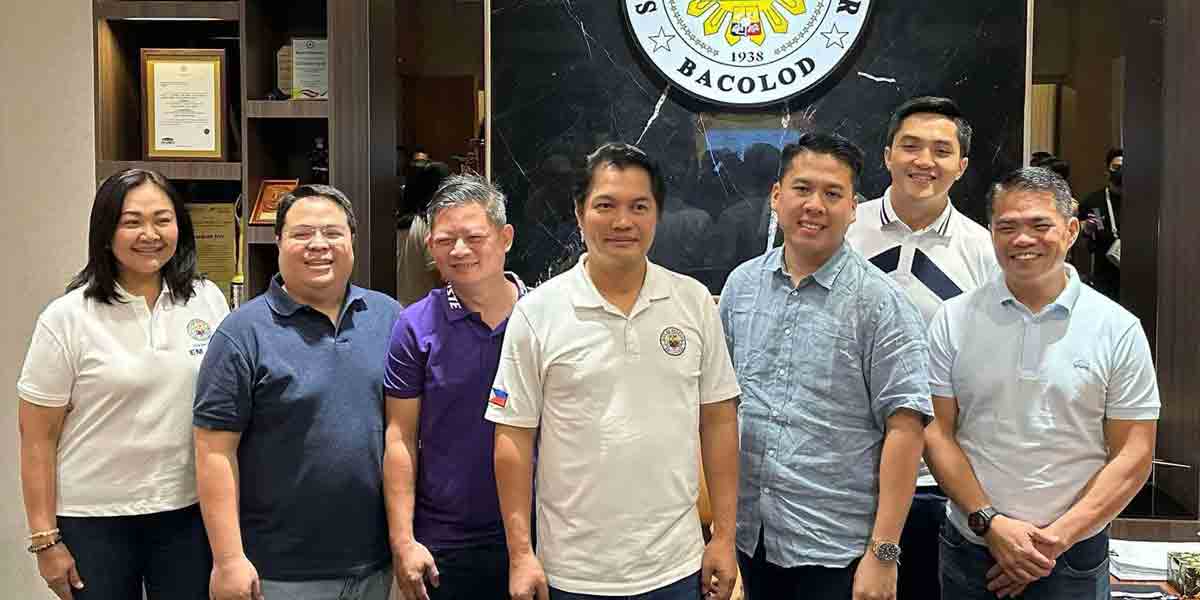By Herman M. Lagon
Many believe that artificial intelligence (AI) is an impending force that will eventually replace human labor, upend entire industries, and bring about a world run by robots. But if AI is accepted with open minds and careful thought, it has enormous potential to close learning gaps and solve issues in education, especially in the Philippines. Education Secretary Sonny Angara was blunt in his admission of the “harsh realities” escalating the nation’s learning crisis at the most recent Social Good Summit. Nevertheless, he challenged educators to “redefine” their roles by introducing AI into the classroom, changing our perception of the direction that teaching and learning will take.
How does AI fit into an educational system that needs more curricula, better access to technology, and inadequate infrastructure? A more expansive perspective holds the solution. Angara noted that a “whole-of-nation approach” is needed to address the learning issue rather than just a technological one. However, AI integration in education has the potential to be a crucial component of that puzzle and a game-changer for a system beset by a lack of resources and beset with pedagogical stagnation.
In many respects, AI offers us a singular chance to surpass the conventional, top-down teaching paradigm in classrooms. Teachers can become more than just information providers by utilizing AI tools to help students develop their critical thinking and problem-solving abilities. At the same summit, Save the Children CEO Alberto Muyot proposed that teachers’ roles should change from merely “repositories of knowledge” to advising students on using AI to develop their creativity and deeper understanding. The two things that Filipino teachers are all too familiar with navigating are mindset change and structural support, both of which are necessary for this shift.
Education has had to change to keep up with the times before. History demonstrates that innovation is essential for survival, particularly when dealing with changing labor markets and demand from the economy. In reality, prominent educators, such as Harvard’s Eric Mazur, have long stressed the need to change teaching strategies to prevent obsolescence. Secretary Angara’s appeal for educators to adopt AI is consistent with this adaptive heritage. We cannot afford to see AI as a threat to our profession as educators. Instead, we should see it as a tool to enhance our skills, free us up to teach more complex subjects and do more personalized instruction. AI also handles repetitive, time-consuming tasks like grading assignments and exams, tracking attendance, monitoring student progress, creating lesson plans, providing customized learning resources, organizing classroom materials, and managing student records.
In addition to automating repetitive tasks, AI has other powerful classroom applications. Customization is where its real potential is found. AI-powered platforms customize lessons, tests, and feedback for students’ needs and learning styles. This is very important in a country where teachers are overworked and have big classes, making it hard to give each student individual attention. AI can help teachers figure out which students are having trouble and support them in specific ways to help them learn more. Teachers can do this by using data-driven insights.
Naturally, there are difficulties with this AI integration. Many schools nationwide do not have access to essential resources like electricity and internet connectivity, let alone the digital infrastructure needed for artificial intelligence, as Angara openly acknowledged. If we are serious about using AI in education, we must address this obvious digital divide problem. The idea of an AI-assisted classroom will stay just that—a dream—without reliable connectivity. Teachers must be adequately convinced and trained to use these resources. AI can be a powerful ally, but misuse and abuse can cause confusion and frustration.
However, as Angara correctly noted, other issues beyond technology come with using AI responsibly. It is morally and ethically sound if properly used and following protocols. Nonetheless, our values ultimately determine how we apply AI in education or any other areas. Integrity and responsibility must guide educators, learners, and families to guarantee that AI enhances learning rather than stifle critical thought or creativity. This is consistent with the more general lessons of judgment and introspection that our educational system, along with many others, aims to impart. It is essential to carefully evaluate how new technology can help realize human potential rather than just embracing it all without question.
The legitimate concerns surrounding the use of AI in education are undeniable and cannot be overlooked. Some fear that AI may dehumanize education or completely replace teachers. Though legitimate, these concerns stem from an incorrect understanding of AI’s function. Like slide rules in the 1980s, calculators in the 1990s, computers in the 2000s, smartphones in the 2010s, and digital apps in the early 2020s, cloud-based AI is meant to improve education, not replace human educators, from today and beyond. AI allows teachers to focus on what they do best—inspire, mentor, and push their students to think critically and creatively—by automating administrative tasks and creating personalized learning paths.
Filipino educators have repeatedly demonstrated their ability to adjust to changing educational environments. They adapted to blended learning and online instruction during the pandemic and showed resilience and creativity. The challenge is integrating AI into the classroom to maximize its benefits while retaining the human element.
Whether we like it or not, AI will have a big impact on Philippine and world education in the future, if not at the present. However, as Angara pointed out, the change may take time. Cooperation between educators, legislators, and the commercial sector will be necessary to ensure that AI is a long-term solution that helps close the nation’s educational gap rather than just a fad. Not the technology per se, but our use of it—ethically, responsibly, and with a clear goal for our students—will be the key to this success.
AI will be a major part of education in the future, but it will also impact our teaching values. Filipino educators must continue to teach students critical thinking, empathy, and resilience to navigate a complex world in addition to academic excellence. AI could be useful in that effort, but its main goal must be human advancement. As Angara puts it, it is time to redefine teaching, not just in terms of teaching methodologies or digital applications but also in terms of its actual goal.
***
Doc H fondly describes himself as a ”student of and for life” who, like many others, aspires to a life-giving and why-driven world grounded in social justice and the pursuit of happiness. His views do not necessarily reflect those of the institutions he is employed or connected with.




















